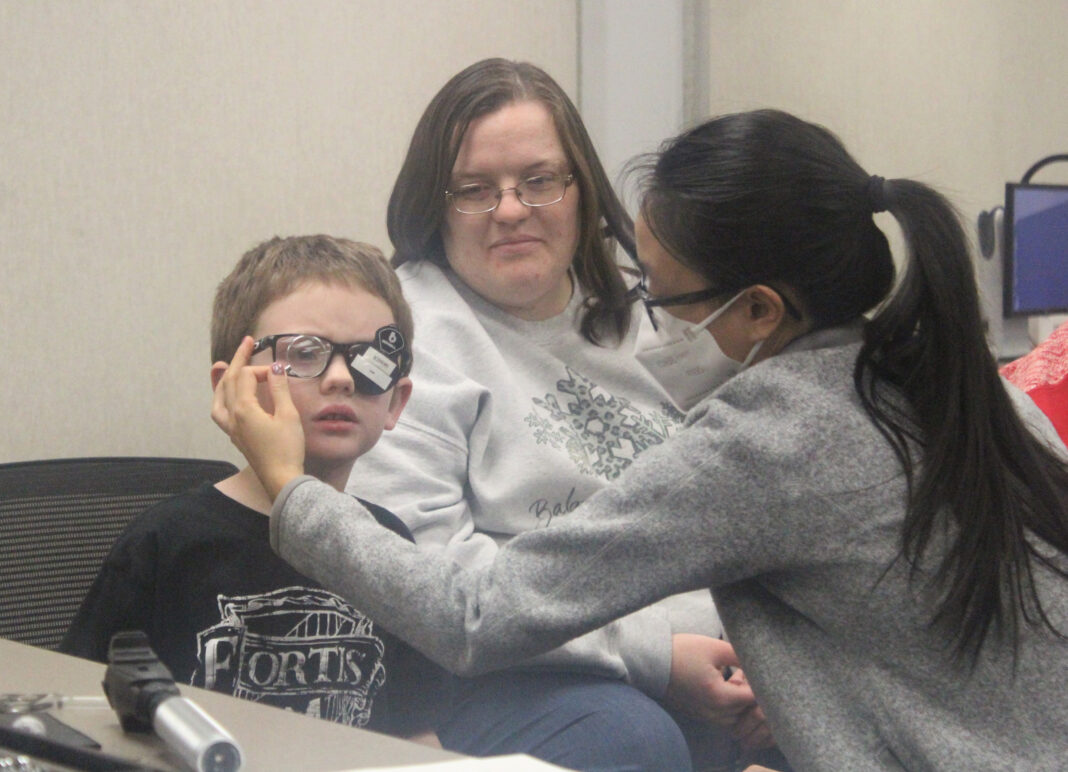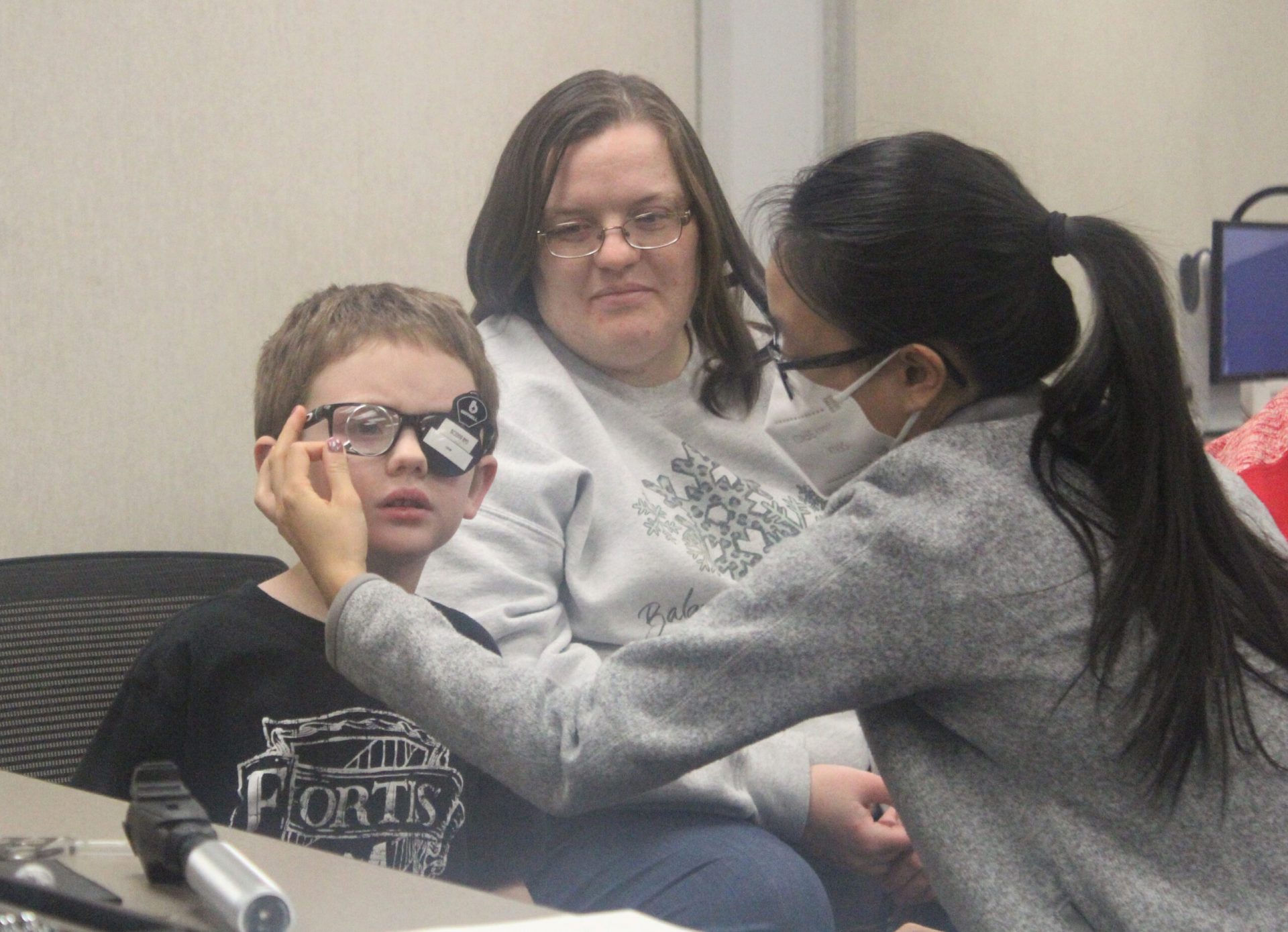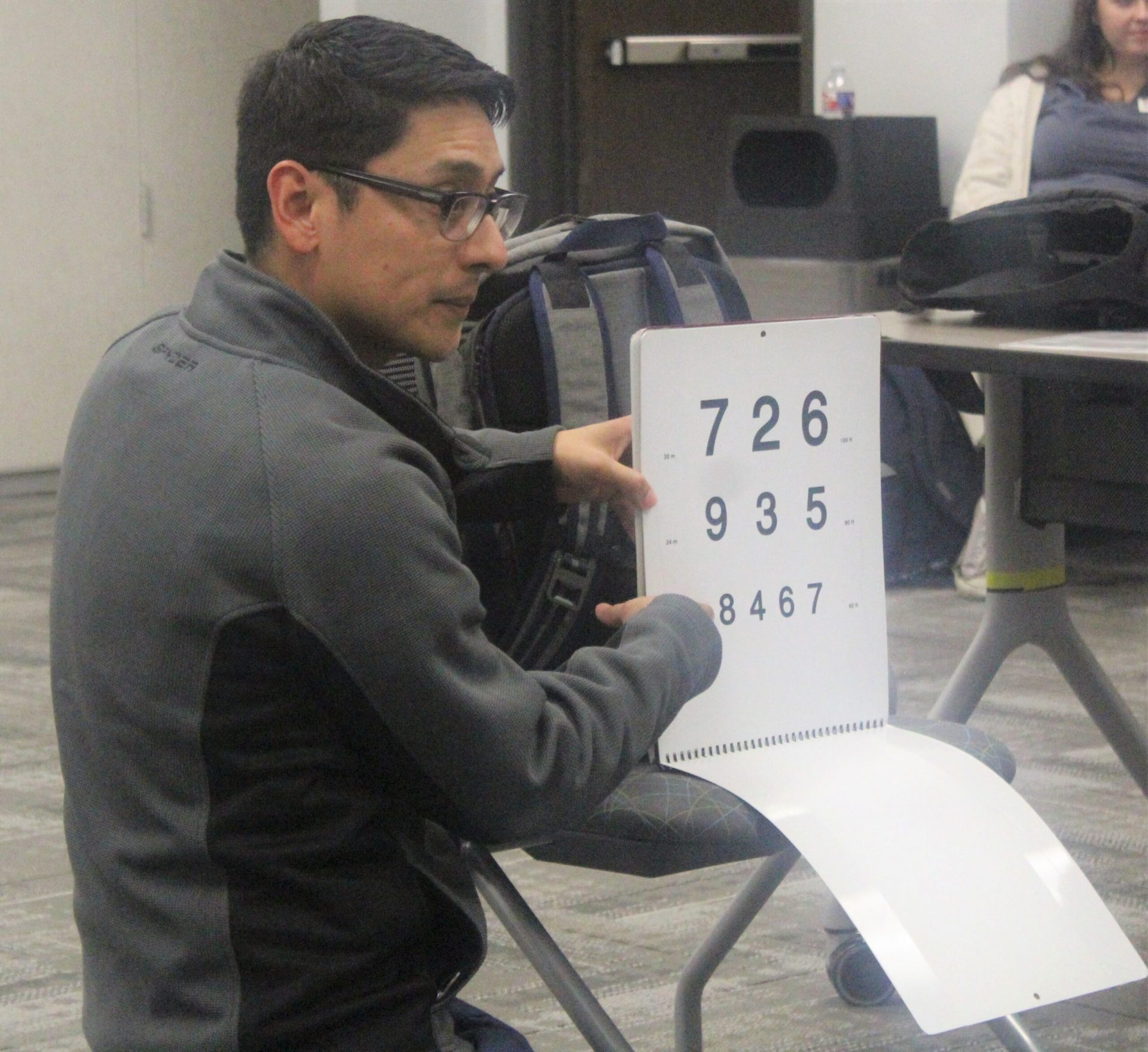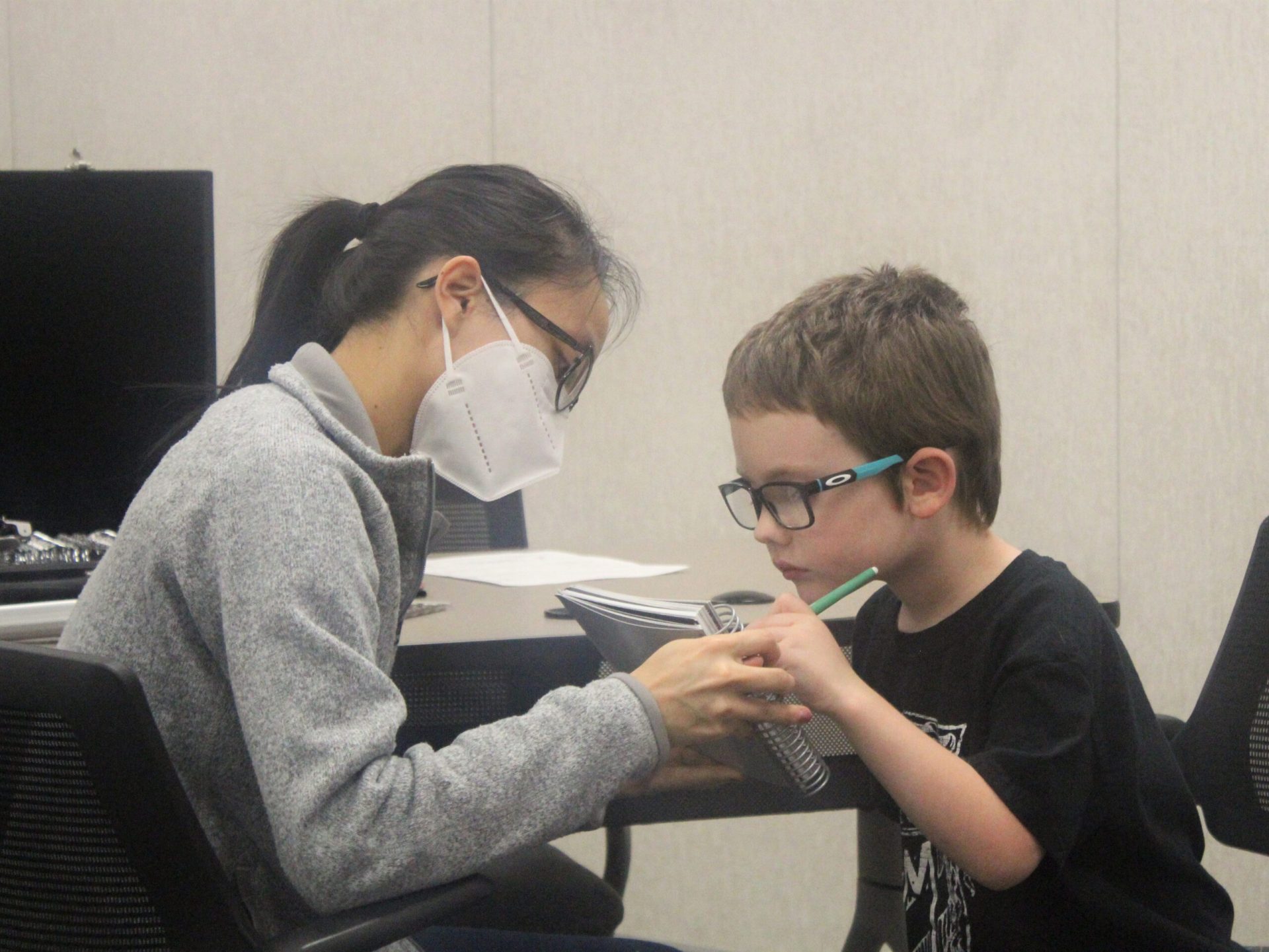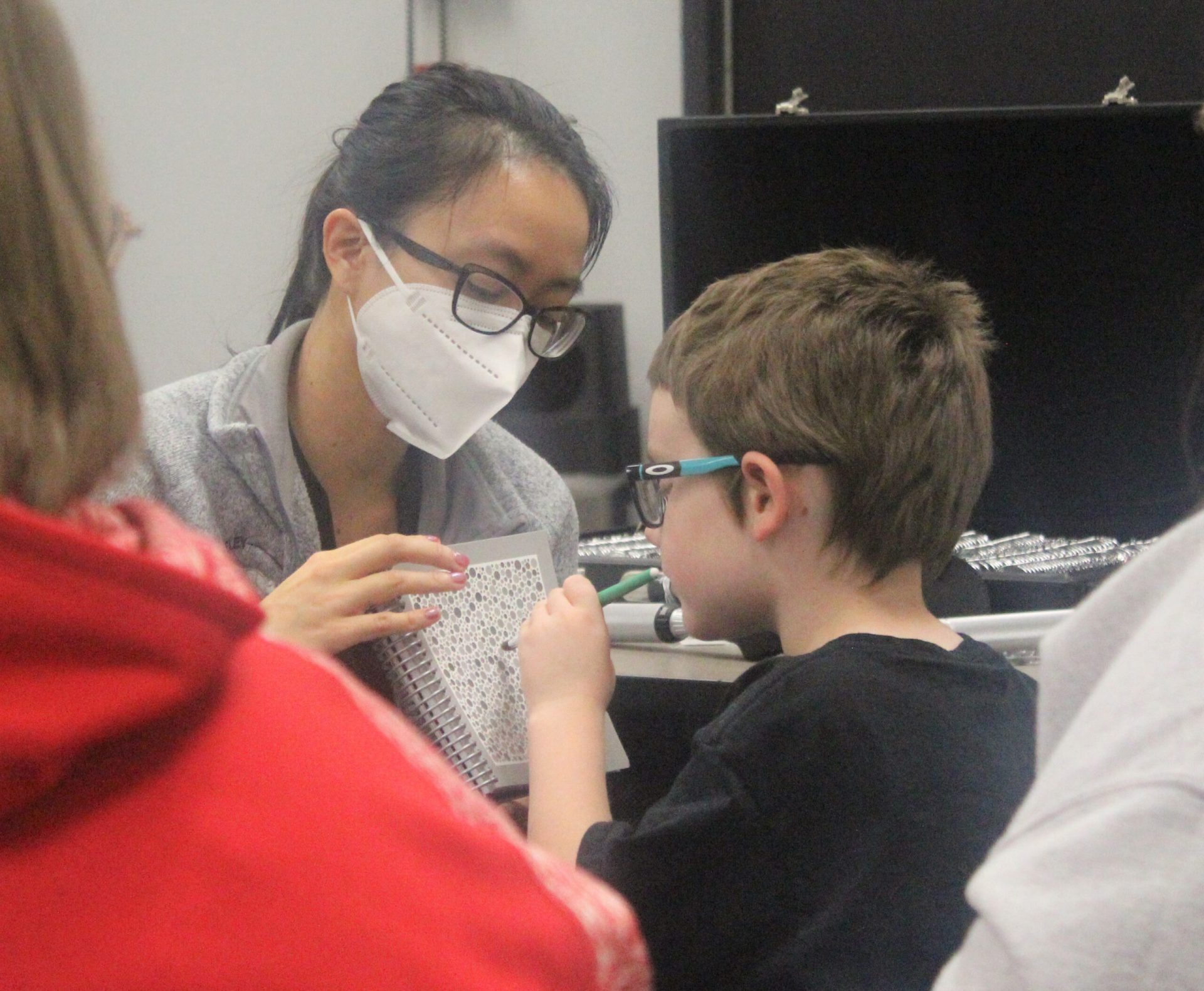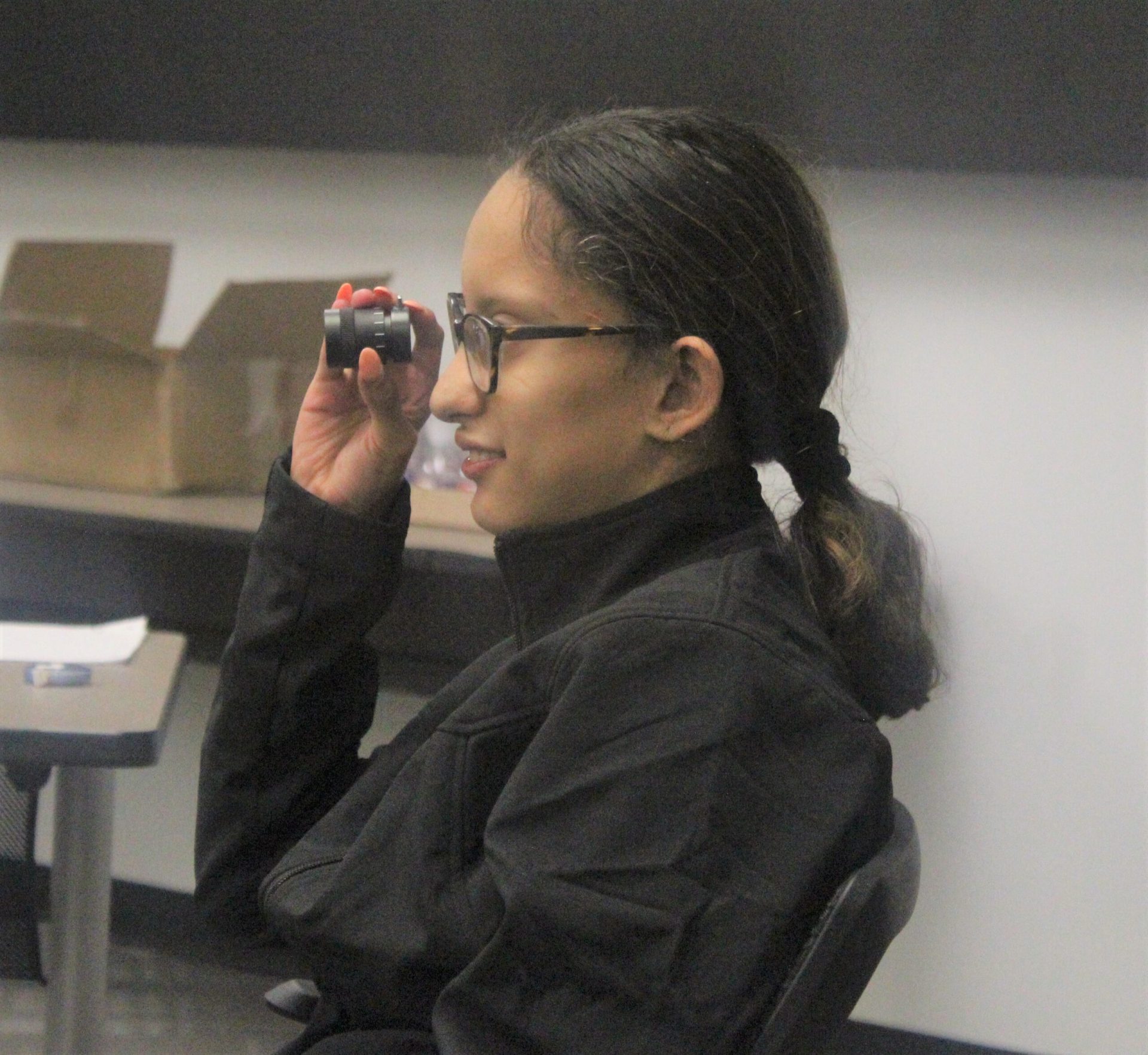MIDLAND Throughout this week, Sight Savers America has been helping children throughout West Texas with low vision evaluations and high tech vision aids at no cost.
This week, Sight Savers America made a stop in Midland, providing children of the Permian Basin with those important visual evaluations.
Sight Savers America made a stop on Thursday at the Education Service Center Region #18 building right by the Midland International Air and Space Port.
They’ll be out there on Friday as well.
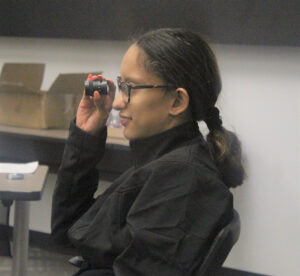
Sight Savers America is a nationally expanding nonprofit that provides eye care and low vision services at no cost to qualifying individuals.
Their mission is to provide vision assistive technology for every legally blind person in Texas that needs but cannot afford the right equipment.
“We’re doing a low vision clinic here at the education service center and we have the two low vision optometrists that are evaluating two patients at a time,” Associated Director at Sight Savers America Matt Dow said. “Depending on their recommendations of the high tech vision aides, we will provide that equipment, train the child on the equipment and they will take it home free of charge.”
This week, Sight Savers America has been partnering with low vision optometrists and local school systems to provide sponsored low vision evaluations and high-tech vision aids at no cost.
Dr. Matt Valdes and Dr. Joyce Zhang have been traveling the entire week through West Texas to conduct low vision evaluations that will determine the needed assistive technology for each child.
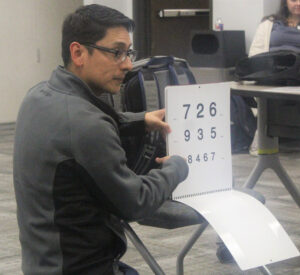
Sight Savers America has all the technology on site and train the child and parent/guardian on its use.
Dow says that a total of 10 children from the Midland/Odessa area will be stopping by for an evaluation.
The majority of the kids are ages 5-18.
The children take their high-tech vision aids home that day.
Sight Savers also provides extensive follow-up eye care each year, maintain and repair the equipment as needed and keep records for analysis of the progress with the patient’s vision aids.
“We’re looking for any difficulties at school or at home in navigating around, whether that’s seeing far away or up close and we’re finding ways to make it easier for them to be able to do those daily functions,” Zhang said.
Many of the children receive an Onyx Electronic Video Magnifier which allows them to make the most of their remaining vision.
The device dramatically enhances contrast and magnifies objects up to 118 times and helps open up new opportunities for the patients to read, write, groom themselves and see their loved ones’ faces clearly.
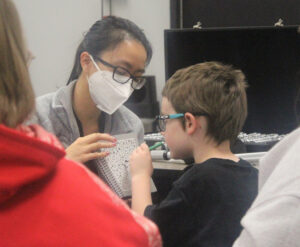
“Ultimately, the equipment that these children are receiving is life changing,” Dow said. “It’s going to help them maximize their vision to the fullest potential and all the things that they’re able to do with this equipment, such as point the camera out and see their loved ones or see their family or themselves and use it for daily tasks and whatever creative ideas that they can use it for. It’s not just an academic tool for homework, but they can use it for so many things.”
Zhang talked about how crucial the devices can be to the children if they’re having trouble in school.
“They are able to get devices at no cost to them,” Zhang said. “They are electric magnifiers that can help them read or see what their teachers are writing on the board. If there’s light sensitivity, they can get sunglasses to help with that. They’re simple devices like that.”
VI Consultant at Region 18, Margaret Lehr said that they got together with Sight Savers and after two other regional officials told her about the nonprofit organization.
“What we needed were low-budget evaluations for kids in the regions,” Lehr said. “These kids are coming in from different districts and there’s lots of planning and preparation. Everything’s been positive, especially with the kids getting free equipment that they can take home.”

